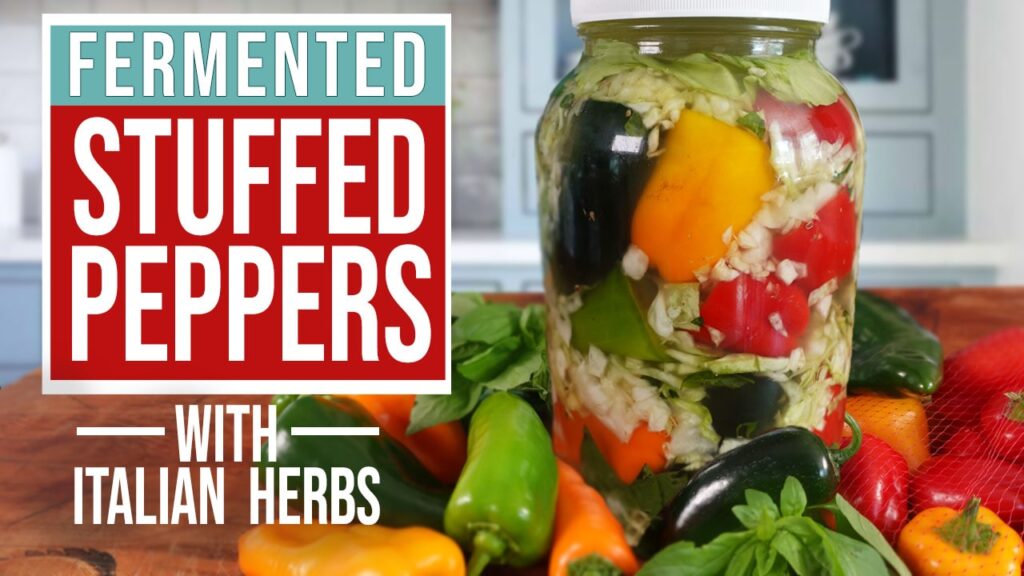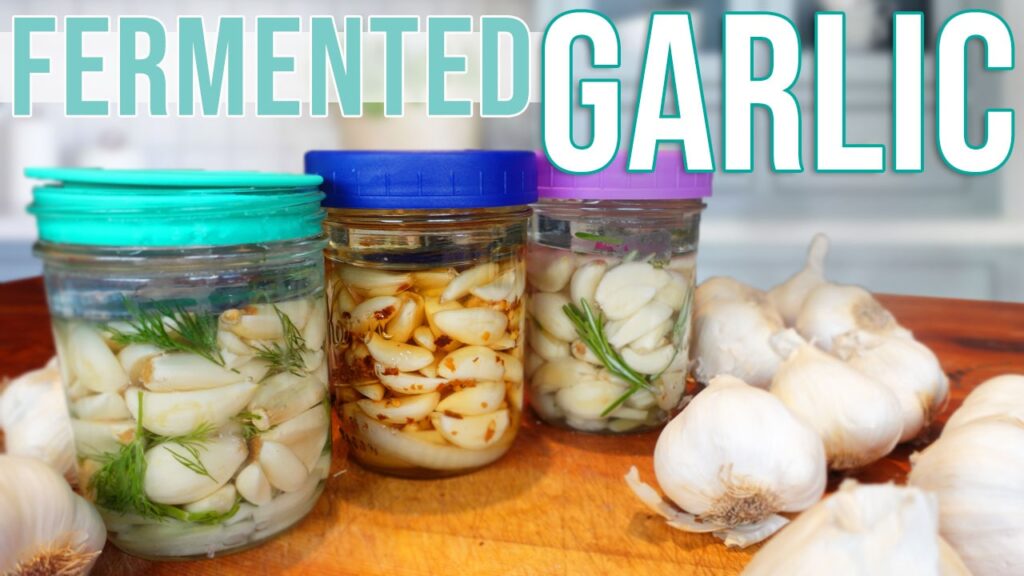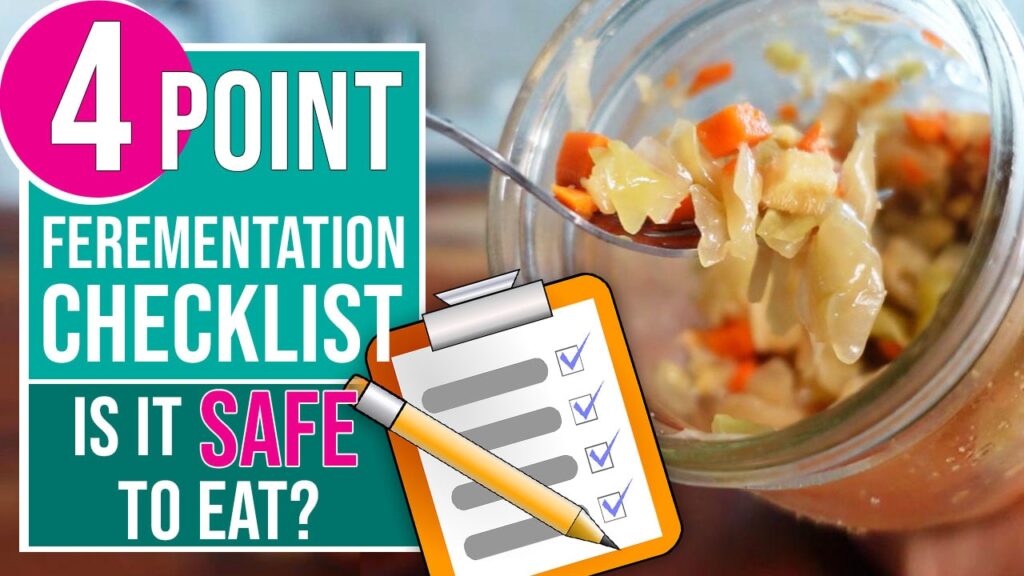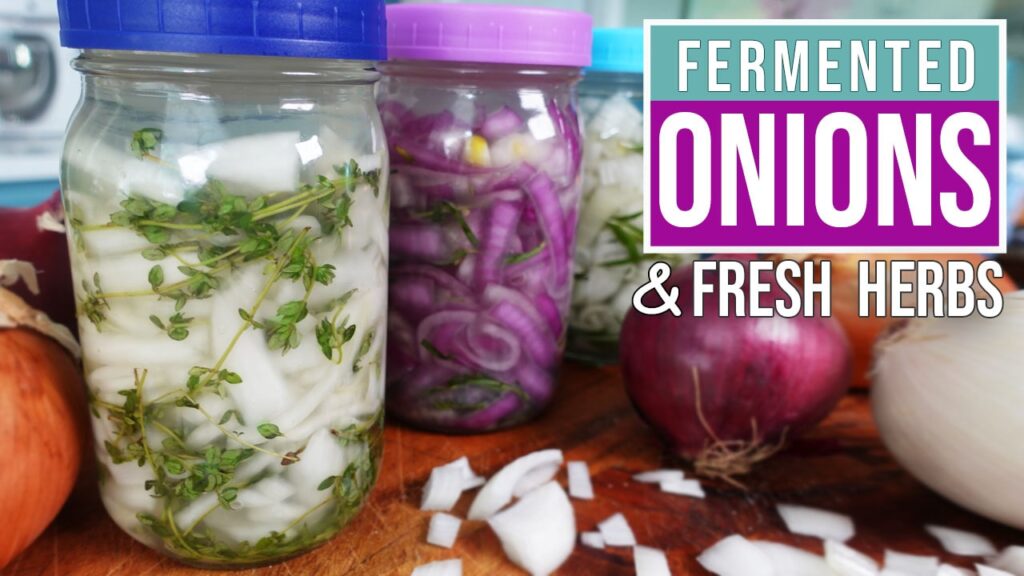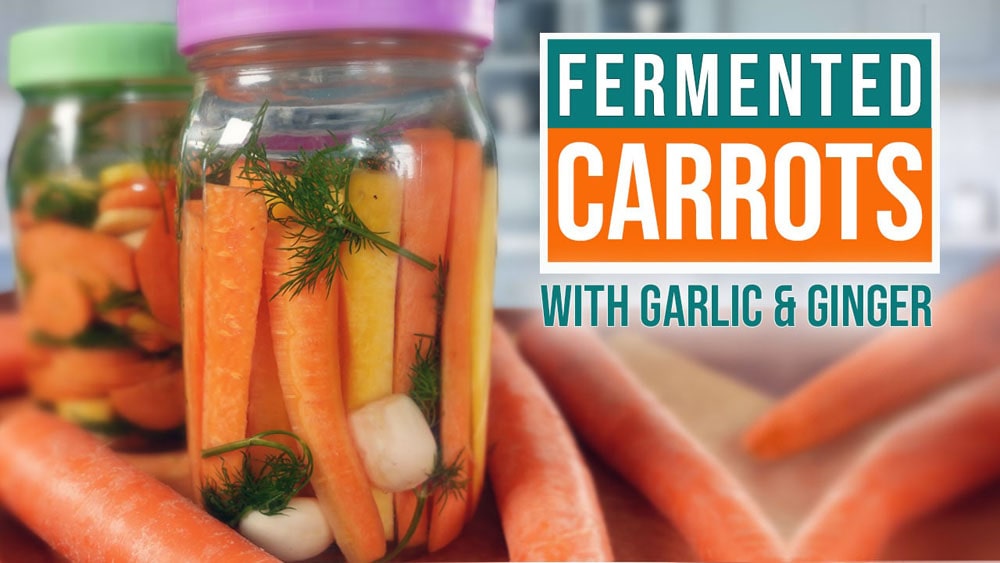
Fermented Foods Safety
One of the primary safety concerns regarding fermented foods is the risk of contamination by pathogenic bacteria. This can occur during the fermentation process or during storage if proper practices are not followed. Some common pathogens that can be found in fermented foods include Salmonella, Escherichia coli (E. coli), and Listeria monocytogenes. These bacteria can cause foodborne illnesses and pose a significant risk, especially to individuals with weakened immune systems.
Following safety guidelines is of paramount importance to prevent any potential health risks. In this other article of mine, 5 Essential Safety Guidelines When Fermenting Vegetables, I share more details on those crucial safeties.
But even if you follow all the safety guidelines, when you are new to the art of fermenting, doubt can still linger in your mind.
How Do I Know If My Fermentation Is Safe To Eat?
Okay, let’s say you followed all the safety guidelines, but you still aren’t quite sure about taking the first bite. That’s why it is essential to understand what the 4 warning signs are before you do.
My simple checklist walks your through the 4 crucial safety points of sight, smell, pH and taste to know if your fermentation is safe to eat or not!
The Fermentation Checklist
The checklist is easy to follow for beginners and comes in two forms below:
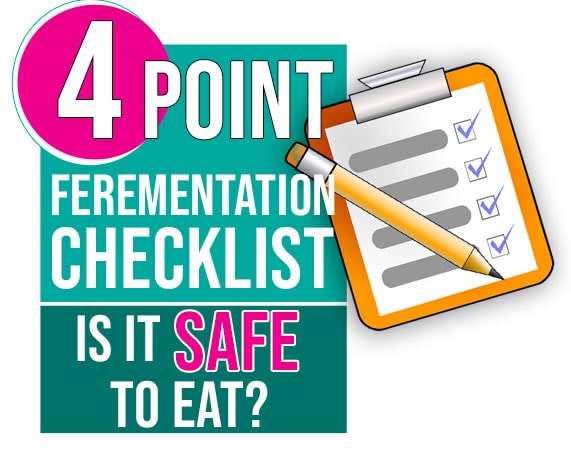
Fermentation Checklist: Written Guide
Click the button to view, download and/or print my Fermentation Checklist.
This checklist will guide you through the 4 key checks to know if your fermentation is safe to eat or not.
The guide will open in a new browser window.

Fermentation Checklist: Instructional Video
Click the thumbnail to watch the 4-Point Fermentation Checklist video where I walk you through every check on the list! Or watch on YouTube.


